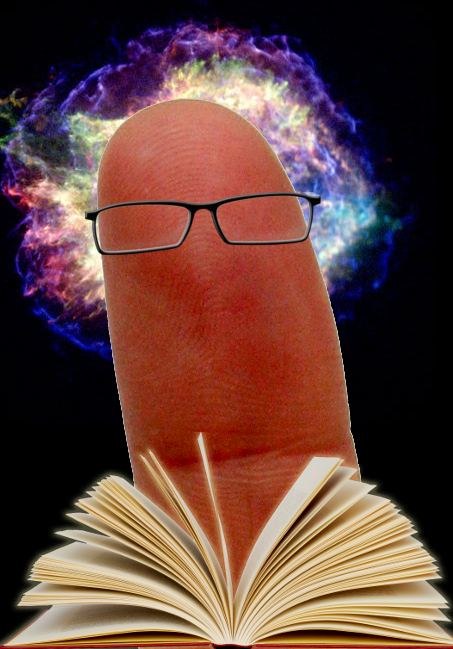Braille gloves give better haptic learning
 A pair of high-tech gloves could help people learn how to read and write Braille, and they won’t have to pay too much attention.
A pair of high-tech gloves could help people learn how to read and write Braille, and they won’t have to pay too much attention.
Wearable electronics researchers in the US have re-purposed a set of gloves embedded with motors and digital processors initially designed to teach piano directly to the hands.
The same device has been tested to see if it could teach similar skills, such as reading Braille.
“The process is based on passive haptic learning (PHL),” said Thad Starner, a professor at Georgia Tech.
“We’ve learned that people can acquire motor skills through vibrations without devoting active attention to their hands.”
In the Braille study, each participant wore a pair of gloves with tiny vibrating motors near the knuckles. The motors vibrated in a sequence that corresponded with the typing pattern of a pre-determined phrase in Braille.
Audio cues let the users know the Braille letters produced by typing that sequence. Afterwards, everyone tried to type the phrase without the cues or vibrations on a keyboard.
The sequences were then repeated during a distraction task, where participants played a game for 30 minutes and were told to ignore the gloves.
Half of the participants felt repeated vibrations and heard the cues; the others only heard the audio cues.
When the game was over, participants tried to type the phrase without wearing the gloves.
“Those in the control group did about the same on their second attempt (as they did in their pre-study baseline test),” said Starner.
“But participants who felt the vibrations during the game were a third more accurate. Some were even perfect.”
He said none in the test knew Braille beforehand, and the gloves were the only teaching tool employed.
“Remarkably, we found that people could transfer knowledge learned from typing Braille to reading Braille,” said fellow researcher Caitlyn Seim.
“After the typing test, passive learners were able to read and recognize more than 70 percent of the phrase’s letters.”
Seim is currently in the middle of a second study that uses PHL to teach the full Braille alphabet during four sessions.
Of the eight participants so far, 75 percent of those receiving PHL reached perfect typing performance. None of the control group had zero typing errors. PHL participants have also been able to recognise and read more than 90 percent of all the letters in the alphabet after only four hours.
The Braille studies will be presented in September at the 18th International Symposium on Wearable Computers (ISWC).







 Print
Print